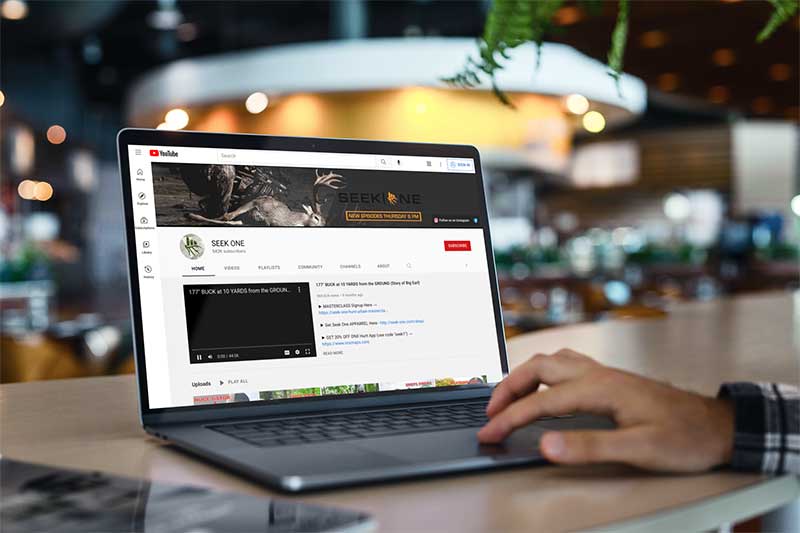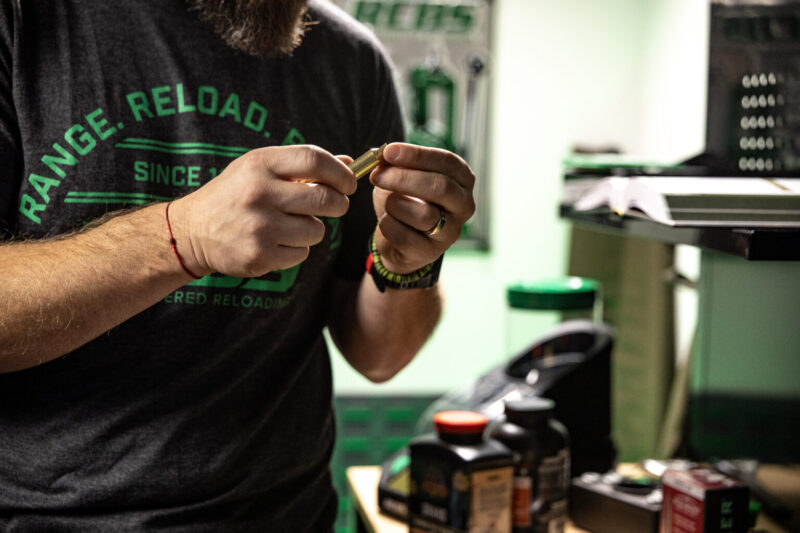When Big Tech Updates Content “Guidelines”
Is YouTube Trying To Discourage Hunting & Fishing Videos? Here’s What You Need To Know.
The shooting and outdoors industry is no stranger to social media advertising restrictions, but last month several prominent industry figures unexpectedly received notifications their YouTube channels had been demonetized for 30 days.
One of the largest accounts affected was Seek One which has amassed 542,000 subscribers and more than 41 million views since joining YouTube in 2016.
For those not familiar with how YouTube works, the concept is simple. Anyone can create a channel and upload their videos. But for those able to grow an audience large enough, YouTube runs ads before and during videos, then gives users a percentage of the revenue. However, channels receiving ad share revenue must adhere to the platform’s “advertiser-friendly content guidelines.”
“At the flip of a switch they can just totally crush someone’s livelihood they’ve spent years building.”
Lee Ellis, Seek One
The guidelines have long included restrictions on, “content focused on the sale, assembly, abuse, or misuse of real or fake firearms is not suitable for advertising,” but many hunters have found ways to toe the line. And for industry retailers and manufacturers, these content producers have provided valuable opportunities to get their brands in front of their target audience without advertising directly themselves.
A recent update to the guidelines, however, placed a new set of restrictions on hunting and fishing content creators, making it more difficult than ever to produce videos viewers want to see and still make ad revenue.
Google, which purchased YouTube in 2006, announced in July 2021 they were “updating monetization guidance around violence, making it clearer that footage of animals in distress induced by human intervention may not run ads.”
A Mild Reprieve
Creators took to their social media platforms to share with followers what happened. A video posted by Andrew Flair of Fishing with Flair caught the attention of an unnamed YouTube executive who stressed to him the policy was not intended to bar those in the firearms and outdoors industry from making money through their platform.
(Afterall, it’s a valuable audience for them in terms of viewership.) The only hunters the policy was intended to affect were those who participate in illegal hunting practices.
A short time later, Seek One was notified upon further review the 30-day suspension of revenue had been removed.
“Even if this isn’t the doomsday for outdoor content on YouTube, it’s clearly headed that way,” said Lee Ellis of Seek One during an Instagram Live with Flair. “At the flip of a switch they can just totally crush someone’s livelihood they’ve spent years building.”
The policy further outlines “ads can be turned on for hunting content where there’s no depiction of graphic animal injuries or prolonged suffering, and hunting videos where the moment of kill or injury is indiscernible, and with no focal footage of how this dead animal is processed for trophy or food purposes.”
In a nutshell, channels that want to continue receiving advertising revenue can no longer show impact shots, footage of an animal after it has been shot, or footage of processing an animal after it has been killed.
Two Steps Forward, One Step Back
The policy will have vast implications for hunters, as well as anglers, and could have lasting implications on manufacturer and retailer pro-staff programs. However, all hope may not be lost when it comes to the future of the firearms and outdoor industry on YouTube.
Last month, YouTube announced they were clarifying their existing monetization guidelines around firearms-related content. Their website states: “Disassembly and reassembly of weapons for maintenance may run ads. We’re also strengthening our guidelines for other types of firearm content. The Advertiser-friendly content guidelines page will be updated to reflect this in October, under Firearms-related content.”
While YouTube seemingly corrected their error regarding the demonetization of select hunting channels and appears to be bending a little on their policies pertaining to firearms-related content, it all feels very two steps forward, one step back.
With YouTube being the most popular online platform in America, industry users are left feeling like they don’t have any other options except to comply and continually adapt. An estimated 74% of adults in the U.S. use the platform with the average user clocking in around 23.1 hours watching videos per month. To put it in perspective, that’s more than Facebook (which reaches 68% of American adults) and almost twice as much as the next runner-up, Instagram (40%).
Will these changes be enough for the firearms and outdoor industry to launch their own video platform? Time will tell. For now, it’s something everyone in the industry should be paying close attention to. And if anything, it’s a digital marketing case study on the pitfalls of being reliant on a third-party platform.






